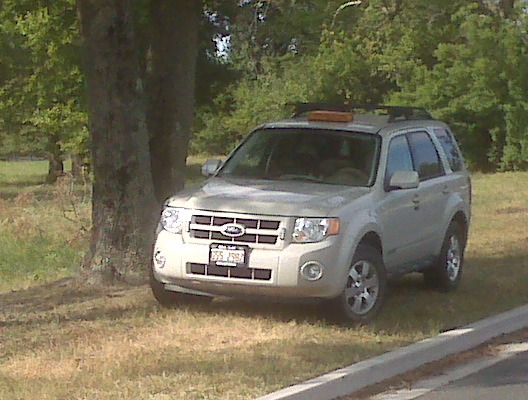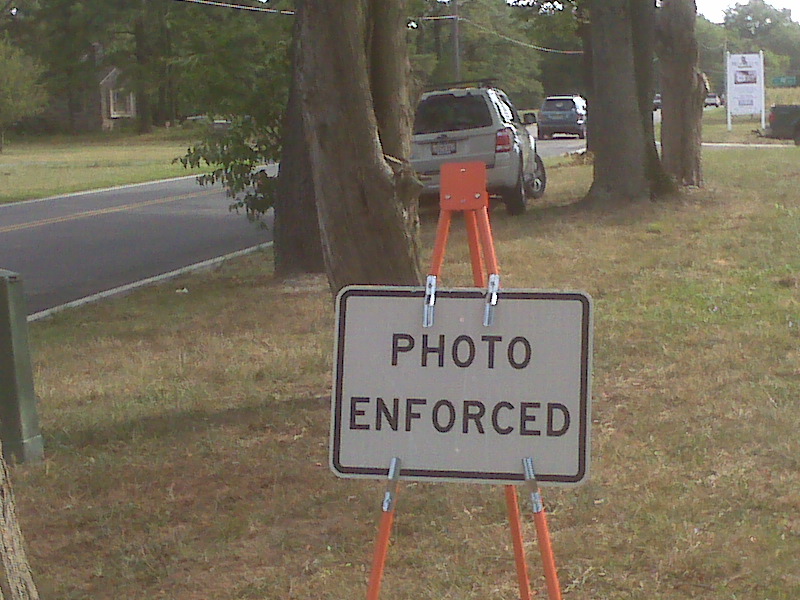Counting comments by members and the public and a scheduled work session, there were fifteen items on the agenda for last night’s County Council meeting. But much of the discussion from the two dozen or so members of the public who attended had to do with an item not mentioned – the prospect of an elected school board.
I’m not planning to do a blow-by-blow report on each upcoming County Council meeting as my work and personal schedules probably wouldn’t allow me to attend them all. But last night’s was an exception because I wanted to see just how amenable the new Council will be to this idea; meanwhile, another item piqued my interest for the work session.
I’ve found it intriguing just how little Council disagrees on most issues they face, even before the split went to 6-1 Republican. In fact, out of the nine resolutions which were voted on last night only one had any sort of opposition. As it turned out, the East Side Mens Club only received its property tax exemption for this fiscal year – their original proposal of forgiveness for fiscal years 2009 through 2011 was rejected because County Council President Gail Bartkovich thought it a poor precedent and most agreed – only Bob Caldwell and Stevie Prettyman objected to the deletion of the 2009 and 2010 tax abatement while Joe Holloway abstained.
Otherwise, most of the discussion centered around a contract for food services at the county jail, and that was mostly technical questions about paying for new equipment should one side or the other back out of the deal.
A new proposal which may be quite contentious is the county’s effort to exempt one- and two-family residential dwellings from new provisions in the International Building Code and International Residential Code requiring fire sprinklers. The legislation will have a hearing on February 1st, with Bartkovich stating this should be discussed at an evening meeting to promote more public input.
The fun part of the Council session came in public comments, where a series of speakers pleaded with County Council to get moving on adopting an alternative to the currently appointed school board.
Leading off the parade was local political activist Matt Trenka, who stated, “I would like to see some leadership” on the issue. It was the “obvious answer” to the lack of responsibility he perceived from our current appointed body.
Joe Collins followed up with a detailed analysis of the various methods other counties use to select their school boards – while most Maryland counties have fully elected school boards, Caroline and Harford counties employ a “hybrid” of elected and appointed members. He also pointed out an alternative similar to that Joe Ollinger unsuccessfully campaigned on, where the County Executive selects the board with the advice and consent of County Council.
Kay Gibson, another frequent commentor at County Council meetings, chimed in that she “had very little say” on the school board as currently comprised because she has little effect on the Governor’s race. She, too, favored an elected board of education.
The question was “what is best for the children of the county?” suggested local GOP Chair Dave Parker when he spoke. Why should it be up to the Central Committee to do the job of sending the applicants they prefer up to Annapolis?
G.A. Harrison echoed these other speakers and urged the County Council to consider this quickly since the 2011 General Assembly session is about to start and bills introduced late have to go through the Rules Committee.
Perhaps the most cautionary proponent of change was Marc Kilmer, who asked us to keep in mind the purpose of a school board and noted that elected school boards don’t always create positive change – some of the country’s worst schools are saddled with poorly-performing, partisan school boards.
On the other hand, there was one voice who made clear her opposition to the concept. Mary Ashanti, head of the local NAACP, fretted that certain groups and economic classes would be disenfranchised and that an elected school board “would never have the balance” of party and racial makeup to be successful. The NAACP is against the idea, she added.
Personally, I don’t care if those elected are black, white, male, female, or polka-dot – I just want the best people elected. That was part of my statement before the Council, where I also told Ashanti that “good people can disagree.”
I have my own ideas for a proposed school board, which I’m going to save for a later date. (It’ll come in handy as I anticipate perhaps a minor break in the action on this end.)
In their comments, four members of County Council spoke at least somewhat favorably toward the idea, with Joe Holloway clearly stating “I would like to see us move ahead” on this process. He asked how people would feel if the County Council itself was appointed in a similar manner, an analogy Bob Caldwell liked. Also agreeing were newly elected at-large members Bob Culver and Matt Holloway, who added that “he hadn’t seen a good argument against” the concept.
After this discussion, Council President Bartkovich promised the idea will be on the agenda. For me it’s a case of “trust but verify” and we’ll see when that happens.
The second part of the meeting was a Council work session dealing with two subjects: a presentation by the county’s auditors and a measure legally known as Legislative Bill 2010-12. That bill would be enacting legislation to bring speed cameras to county roads. As you should be aware I’ve visited this subject here on a previous occasion or two and I spent a good portion of my public comment speaking about how Fruitland abuses their privilege.
Well, the folks from RedSpeed and both Sheriff Mike Lewis and his deputy Gary Baker tag-teamed the County Council trying to convince us that “we can use 21st century technology…to protect our children” as Lewis said during the presentation.
Now, I have no doubt that having a very attractive brunette on the sales force could turn some heads in a male-dominated arena like the Sheriff’s office. (Since I was sitting diagonally behind Lewis, I couldn’t help but to notice that during the preceding auditor’s report this lady either quietly conversed with Mike on some subject or checked her Facebook page with her mobile phone. I doubt she and I will be Facebook friends after this post!)
But I think Mike was sold a little bit of a bill of goods by the RedSpeed team. If Sheriff Lewis has an issue with the state not returning any of the money collected when a ticket is written for any traffic offense, that’s a problem he should take up with the state instead of having Big Brother looking over our shoulder. As I noted back in July, this is a process ripe for abuse.
In fact, the RedSpeed team admitted that “they’re not sending anyone to court (to collect) $15, nor do they have any idea what sort of revenue we could expect. (The state mandates a fine of $40 for an offense, which means the company and county would have a $15/$25 split, respectively.) One problem they faced was that there was no applicable contract to review, as the company used Fruitland’s contract as a template for their presentation to Council. Meanwhile, no one could answer the question about the time and effort required for, say, a deputy to drive out and fetch a vehicle daily because to do otherwise could incite vandalism.
Another concern expressed by County Council was that this would be a backhanded way of funding LEOPS, as Fruitland apparently does. While Lewis protested that “what you decide to do with the money is entirely up to you,” it’s obvious that Council saw Fruitland’s example and the declining revenue they’re getting.
If RedSpeed and the county do come to an agreement, it would likely be a 2-year term with up to three automatic renewals.
And while it was alluded to that the city of Salisbury may follow Fruitland’s lead and adopt speed cameras, I have a number of objections to not just the concept but to the practice. Of course I think we should drive safely and be careful around school zones, but while Lewis cited the number of accidents which had occurred over the last decade in these areas, I had no context of whether they actually involved excessive speed – more likely the cause was inattention. That’s not solved with a speed camera, and seeing the warning sign could lead to even more accidents like those which happen at intersections with red-light cameras.
Yet my biggest fear is that, as the county or municipality begins to get used to a revenue stream from scofflaws, these amounts will start to fall short of expectations for both the local government and for RedSpeed. (Also, there will eventually be market saturation as more and more localities get the cameras.) Naturally, both entities will put pressure on the state to:
- expand the area where speed cameras can be used from school and work zones to anywhere along a roadway;
- increase the fine from $40 to $50 or more, and;
- reduce the leeway speed from 12 mph over the limit to 10, 8, 6, etc. Pretty soon they’ll be nailing you for one mile per hour over – and I know from experience my speedometer varies by a couple miles per hour from posted radar sites. So it’s hard to know just how accurate the cameras would be and if they’ll be properly calibrated.
I think I know how the Council will be receiving this legislation when it comes to a vote, but I’m not going to tip my hand on which members are leaning toward approval and which ones oppose. I’ll keep my poker face on for that because, frankly, I don’t want Mike Lewis or RedSpeed to know.
I’m very disappointed that a Sheriff who is sworn to uphold the law in a nation founded on the rule of law can embrace a technology which presumes guilt rather than innocence. The system is flawed in that they can only provide a photograph of a car’s license plate and make the owner liable, even if he or she wasn’t driving. To get out of the ticket, the owner has to narc on the actual driver if he or she knows. That’s some example to set – anyone else see the Orwellian aspect here?
They’re not called “scameras” for nothing. Let’s stop Big Brother in his tracks.



